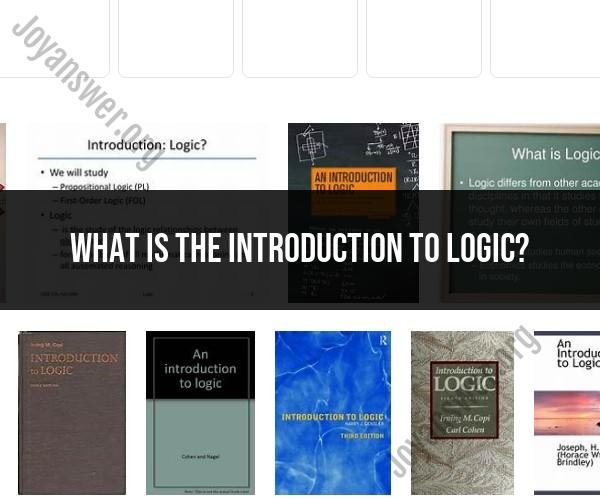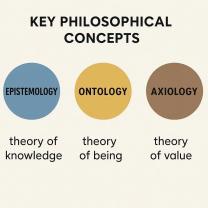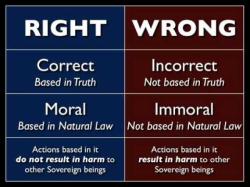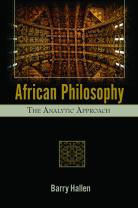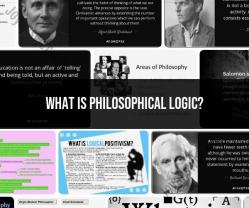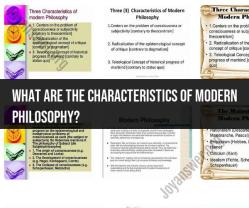What is the introduction to logic?
Introduction to logic is a foundational exploration of the principles and methods of reasoning and critical thinking. It is a field of study that focuses on understanding and evaluating arguments, determining the validity of statements, and uncovering the underlying structure of reasoning. Logic provides a systematic approach to thinking and communication, helping individuals to analyze information, make sound judgments, and express their thoughts clearly.
Key Concepts in an Introduction to Logic:
Argument: An argument is a set of statements where one or more statements (called premises) are presented as evidence or reasons for another statement (called the conclusion).
Premise: A premise is a statement that is offered as a basis for supporting or justifying a conclusion.
Conclusion: The conclusion is the statement that the premises aim to support or establish.
Validity: An argument is valid when its premises logically entail its conclusion. If the premises are true, the conclusion must also be true.
Soundness: An argument is sound when it is valid and all its premises are true. A sound argument guarantees a true conclusion.
Deductive Reasoning: Deductive reasoning involves drawing conclusions based on established premises that necessarily lead to the conclusion. It's about certainty. Examples include mathematical proofs.
Inductive Reasoning: Inductive reasoning involves making generalizations based on observed patterns or specific instances. It's about probability and likelihood. Examples include scientific hypotheses.
Fallacy: A fallacy is an error in reasoning that weakens the argument's validity or persuasiveness.
Syllogism: A syllogism is a specific form of deductive reasoning that consists of two premises and a conclusion. It's a structured argument.
Truth Tables: Truth tables are used to assess the validity of arguments involving propositional logic by systematically listing all possible combinations of truth values for statements.
Propositional Logic: Propositional logic deals with the relationships between simple statements (propositions) using logical connectives like "and," "or," "not," and "if...then."
Predicate Logic: Predicate logic extends propositional logic to include predicates (descriptive expressions) and quantifiers (like "for all" and "there exists"), allowing for more complex statements and arguments.
Critical Thinking: Critical thinking involves evaluating arguments and claims, identifying logical flaws, recognizing biases, and making informed judgments based on evidence.
The study of logic provides valuable skills for various disciplines and real-world situations, including academic writing, problem-solving, decision-making, legal analysis, scientific research, and effective communication. By understanding the principles of logic, individuals can become more adept at identifying well-structured arguments, avoiding common reasoning errors, and engaging in thoughtful discussions.
